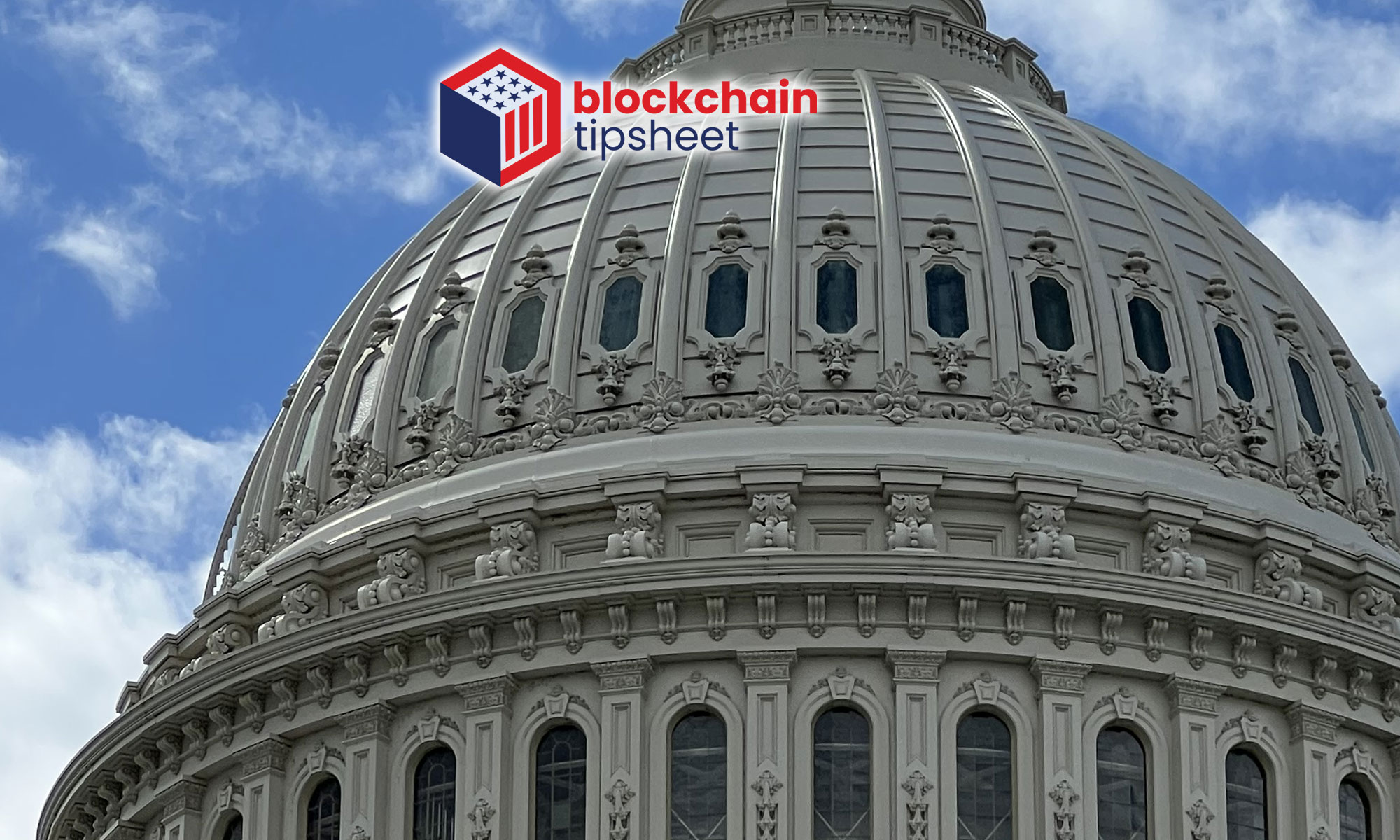From the start of the fireside chat at last week’s Permissionless conference, red-pilled One River Asset Management founder and CIO Eric Peters delighted the decentralized finance throngs with one good story after another.
Anecdotes ranging from his firm’s $600 million of Bitcoin and Ethereum purchases via Coinbase in 2020 to cold-calling outgoing SEC Chair Jay Clayton the day after he left the commission in order to bring him aboard as a key advisor did not disappoint.
But, perhaps most revelatory was the closing anecdote raised by moderator Brett Tejpaul of Coinbase around his and Peters involvement in Project Hamilton – a Central Bank Digital Currency (CBDC) research project with huge implications for the U.S. dollar, the world’s reserve currency and arguably the most important source of American power worldwide.
Project Hamilton, named after Alexander Hamilton and Margaret Hamilton, may have special focus around a CBDC for the United States financial system, but Tejpaul said there was a “group” of people who are trying to convince the Treasury to go in a new direction using privatized stablecoins rather than a CBDC.
The Federal Reserve Bank of Boston and MIT released its summary paper on Phase 1 of Project Hamilton this past February. Shortly thereafter, The Washington Post may have identified part of the “group” which includes Circle, stewards of the USDC stablecoin.
The following transcript from the conference is lightly edited for clarity.
BRETT TEJPAUL
(addressing Peters) “There’s a group of us who are in conversation within the Treasury, with an idea to help the US think about issuing T-bills and settling with privately managed stablecoins.”
“And maybe it’s a controversial thing to discuss after last week’s events (Terra), but there’s been a conversation growing in terms of momentum and acceptance. There’s a bunch of things that are in and around that idea, such as sovereignty, the dollar, national security issues, considerations and other things. I think it’d be interesting to hear you reflect on how we got to the idea of instead of tokenizing something that’s way out in illiquid-land and trying to have that be the catalyst for a cascading effect for stablecoin use cases, how did we rationalize or rally around T-bills?”
ERIC PETERS
“When we initially thought about what it would mean to be leading digital asset management for institutions, the obvious thing is well, ‘We’ll come to the whole range of products for bitcoin, ETH and the next 10 or 20 points and apply our systems or approach to that.’ and that’s the obvious thing.”
“The more you think about it, the more you realize that this technology suite is is so powerful from a speed of execution and settlement standpoint, that it will allow for a much more efficient financial system, and that financial systems become much more efficient not because we’re all trading Bitcoin, but because we’re using Blockchain technologies to trade the $200 trillion of financial assets that are not yet tokenized.”
“The question is, how do you create the right regulatory foundation to allow for the tokenization of these $200 trillion of traditional assets? And then, once you create that foundation, how do you actually make that happen? It’s a tricky thing to do because the incumbent financial players have a stake in not wanting to open themselves up to competition from new companies, or they don’t want to have to spend money to retool their entire systems. And so we’ve thought a lot about how do we make this happen.”
“Our view is, you first need to work with government and regulators to help them through that regulatory foundation. And then you need to pick some things to start tokenizing from the traditional world. There’s been a tendency for people to tokenize [for example] really illiquid assets like real estate. And our view is that the most important financial markets and assets in the world really are the US dollar and Treasury bills. They really are. And the wonderful thing that we observe is that in the stablecoin market, 95% of assets are the dollars. They’re not in yuan, they’re not in British pounds, they’re not in euros, they’re not in gold, they’re not tokenized in anything but the US dollar.
“So the US has been late to the game relative to the Chinese. And there’s this desire for the US to catch up. What we’re advocating for – and what I think you see more frequently from government – is that [government is] accepting that the dollar stablecoin market is a way to tokenize the dollar and do it in a way that it can really scale without having to create a central bank digital currency (CBDC).”
“And so once we as a nation tokenize the Treasury market, then I think – and this is one of the great ironies of Bitcoin and there will be a lot of [ironies] – these technologies actually will lead to the dominance of the dollar in the global system in a way that will really surprise people. Once the world is able to use a tokenized dollar that’s a privatized token, and they can buy treasuries that are tokenized, what will happen is, the rest of the financial system will go, ‘Okay, that’s where we’re going’ and everyone will move to these technologies.”
“We chose to not look at illiquid assets, but focus on the short end of the financing markets because that’s where most of the money in the world is and is the important collateral of the global financial system. To Brett’s point, we’re pretty engaged on the topic. It’s an exciting thing.
BRETT TEJPAUL
“I love the audacity of the idea that we’re going to disrupt the world’s largest short term money market with crypto.”
“I think one of the learning points that I received along the way in helping promote the conversation [with Treasury] is not just to advocate for the technology itself, but to demonstrate to regulators that the application of technology can actually lead to better outcomes. I’m a survivor of a few different financial crises, including the crisis in 2008. Having a global financial system which was so fragile in those moments and settlement was a big, big question. So I think helping to promote the topic, that instantaneous final settlement is a good thing for a healthy, natural operating system is a big part to the advocacy picture.”
Follow Brett Tejpaul, Coinbase Institutional and blockchain tipsheet on Twitter.


